#edible mushroom
Text



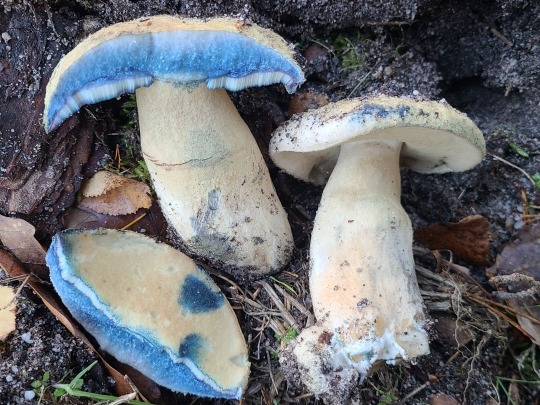



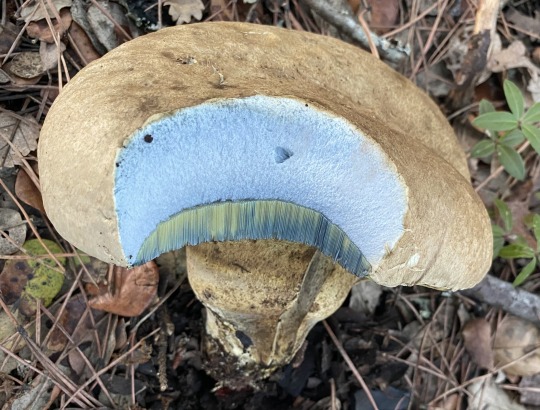

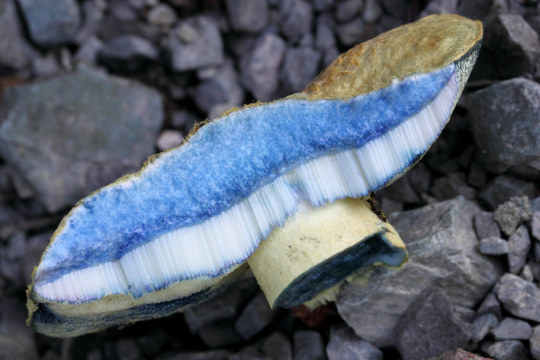
gyroporus cyanescens (cornflower bolete)
#mushrooms#mushroom#fungus#fungi#bolete#cornflower blue#cornflower#cornflower bolete#gyroporus cyanescens#pictures#images#foraging#forage#edible mushroom#foragecore#nature#naturecore#staining bolete#blue#pretty#outdoors#magical
15K notes
·
View notes
Text
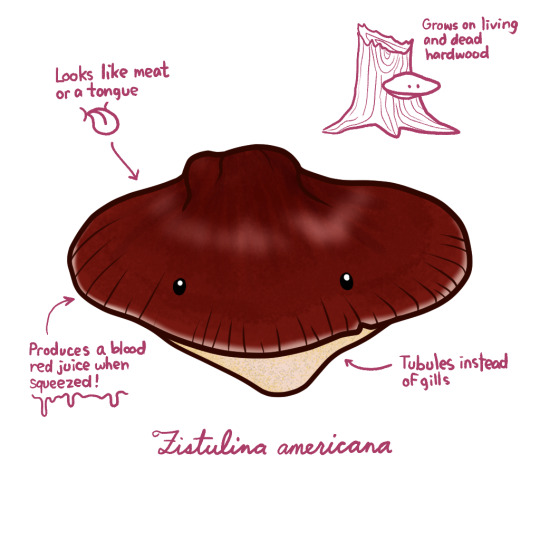
We interrupt these penguins to bring a correction to Fungi February! It turns out maitake (Grifola frondosa) doesn't grow in California, but what does is the magnificent beefsteak mushroom! Despite looking like meat (even in cross section!), they have a sour taste due to the presence of several acids, including oxalic acid. They're not common, but they are unmisteakable :P
Thanks to fascinatedbyfungi on Instagram for the correction and suggestion!
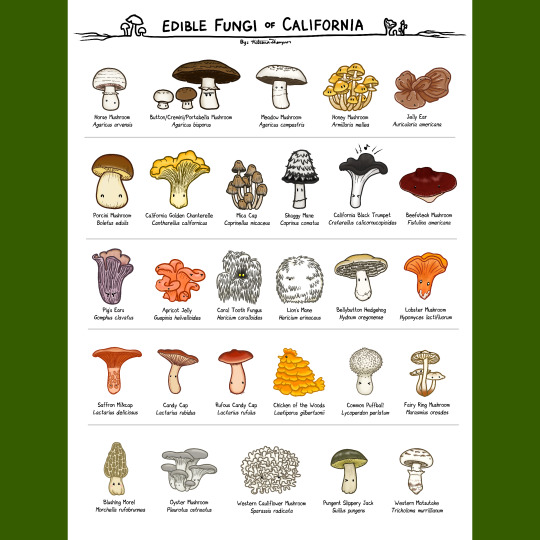
The poster's been updated accordingly on Redbubble
#fungi february#fungus#mushroom#beefsteak mushroom#edible mushroom#mycology#education#art#correction
42 notes
·
View notes
Text
Edible Mushroom: Improving Human Health
Mushrooms have been consumed since earliest history; ancient Greeks believed that mushrooms provided strength for warriors in battle, and the Romans perceived them as the " Food of the Gods. They have been part of the human culture for thousands of years and have considerable interest in the most important civilizations in history because of their sensory characteristics; they have been recognized for their attractive culinary attributes. Nowadays, mushrooms are popular valuable foods because they are low in calories, carbohydrates, fat, and sodium: also, they are cholesterol-free. Besides, mushrooms provide important nutrients, including selenium, potassium, riboflavin, niacin, vitamin D, proteins, and fiber. All together with a long history as food source, mushrooms are important for their healing capacities and properties in traditional medicine. It has reported beneficial effects for health and treatment of some diseases. Many nutraceutical properties are described in mushrooms, such as prevention or treatment of Parkinson, Alzheimer, hypertension, and high risk of stroke. They are also utilized to reduce the likelihood of cancer invasion and metastasis due to antitumoral attributes. Mushrooms act as antibacterial, immune system enhancer and cholesterol lowering agents; additionally, they are important sources of bioactive compounds. As a result of these properties, some mushroom extracts are used to promote human health and are found as dietary supplements.
2 notes
·
View notes
Text

#iphonography#iphone photography#macro photography#mushrooms#mushroom foraging#cottagecore#cottage vibes#mine#original photography blog#original photography#naturecore#nature#nature fairy#nature photography#nature vibes#nature aesthetic#edible mushroom#poisonous mushrooms#mushroom photography#original photographers#meadowcore#foraging#forestcore#mountain forest#forest aesthetic#gardening#garden photography#botanic garden#black and white#black and white aesthetic
9 notes
·
View notes
Text
#1851 - Suillus sp. - Slippery Jack

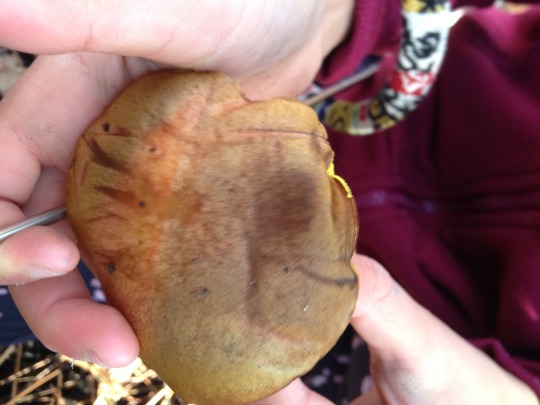
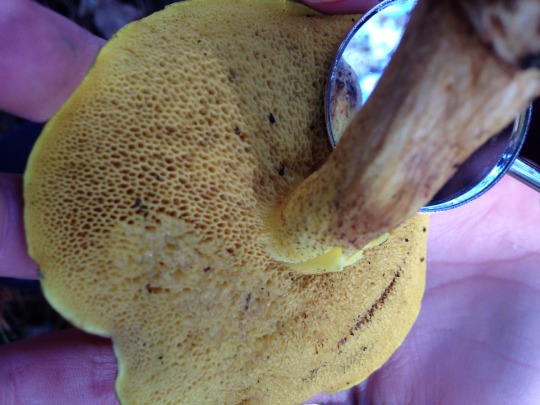
Also known as Butter Mushrooms, or in the case of the species formerly in the genus Fuscoboletinus, Larch Boletes. Other synonyms include Pinuzza, Boletus sect. Viscipellis, Euryporus, Cricunopus, Rostkovites, Peplopus, Ixocomus, Boletopsis, Solenia, Mariaella, and Gastrosuillus.
Suillus species, named after the Latin for pig, have greasy or slippery caps resembling a pig’s skin, and some species are highly desirable as food. However, the slimy cap can be a purgative, at least in some species.
Most grow in close mycorrhizal association with pines, and some have been spread around the world in pine plantations. That was the case here, with what is either Suillus granulatus (also known as the Weeping Bolete) and Suillus luteus, which I found growing in an abandoned pine plantation out in Jarrahdale SW of Perth. It’s probably granulatus, because it doesn’t have a ring around the stipe.
6 notes
·
View notes
Text

1 note
·
View note
Text
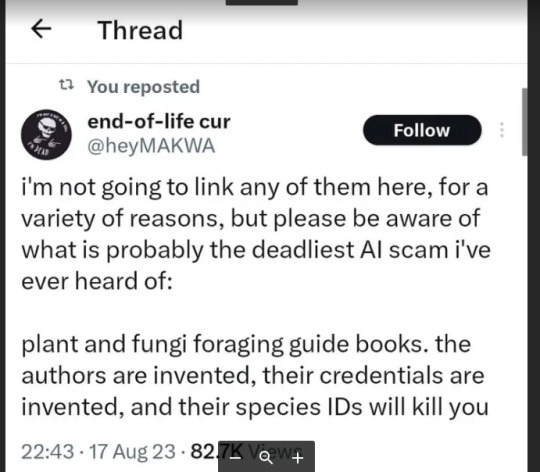
ETA: I wrote up a guide on clues that a foraging book was written by AI here!
[Original Tweet source here.]
[RANT AHEAD]
Okay, yeah. This is a very, very, very bad idea. I understand that there is a certain flavor of techbro who has ABSOLUTELY zero problem with this because "AI is the future, bro", and we're supposed to be reading their articles on how to use AI for side hustles and all that.
I get that ID apps have played into people's tendency to want quick and easy answers to everything (I'm not totally opposed to apps, but please read about how an app does not a Master Naturalist make.) But nature identification is serious stuff, ESPECIALLY when you are trying to identify whether something is safe to eat, handle, etc. You have to be absolutely, completely, 100000% sure of your ID, and then you ALSO have to absolutely verify that it is safely handled and consumed by humans.
As a foraging instructor, I cannot emphasize this enough. My classes, which are intended for a general audience, are very heavy on identification skills for this very reason. I have had (a small subsection of) students complain that I wasn't just spending 2-3 hours listing off bunches of edible plants and fungi, and honestly? They can complain all they want. I am doing MY due diligence to make very sure that the people who take my classes are prepared to go out and start identifying species and then figure out their edibility or lack thereof.
Because it isn't enough to be able to say "Oh, that's a dandelion, and I think this might be an oyster mushroom." It's also not enough to say "Well, such-and-such app says this is Queen Anne's lace and not poison hemlock." You HAVE to have incredibly keen observational skills. You HAVE to be patient enough to take thorough observations and run them through multiple forms of verification (field guides, websites, apps, other foragers/naturalists) to make sure you have a rock-solid identification. And then you ALSO have to be willing to read through multiple sources (NOT just Wikipedia) to determine whether that species is safely consumed by humans, and if so if it needs to be prepared in a particular way or if there are inedible/toxic parts that need to be removed.
AND--this phenomenon of AI-generated crapola emphasizes the fact that in addition to all of the above, you HAVE to have critical thinking skills when it comes to assessing your sources. Just because something is printed on a page doesn't mean it's true. You need to look at the quality of the information being presented. You need to look at the author's sources. You need to compare what this person is saying to other books and resources out there, and make sure there's a consensus.
You also need to look at the author themselves and make absolutely sure they are a real person. Find their website. Find their bio. Find their social media. Find any other manners in which they interact with the world, ESPECIALLY outside of the internet. Contact them. Ask questions. Don't be a jerk about it, because we're just people, but do at least make sure that a book you're interested in buying is by a real person. I guarantee you those of us who are serious about teaching this stuff and who are internet-savvy are going to make it very easy to find who we are (within reason), what we're doing, and why.
Because the OP in that Tweet is absolutely right--people are going to get seriously ill or dead if they try using AI-generated field guides. We have such a wealth of information, both on paper/pixels and in the brains of active, experienced foragers, that we can easily learn from the mistakes of people in the past who got poisoned, and avoid their fate. But it does mean that you MUST have the will and ability to be impeccably thorough in your research--and when in doubt, throw it out.
My inbox is always open. I'm easier caught via email than here, but I will answer. You can always ask me stuff about foraging, about nature identification, etc. And if there's a foraging instructor/author/etc. with a website, chances are they're also going to be more than willing to answer questions. I am happy to direct you to online groups on Facebook and elsewhere where you have a whole slew of people to compare notes with. I want people's foraging to be SAFE and FUN. And AI-generated books aren't the way to make that happen.
#foraging#mushroom foraging#plant foraging#mushrooms#edible plants#edible mushrooms#wild foods#food#nature#AI#fungus#fungi#poisonous mushrooms#poisonous plants#botany#mycology#rant
4K notes
·
View notes
Text
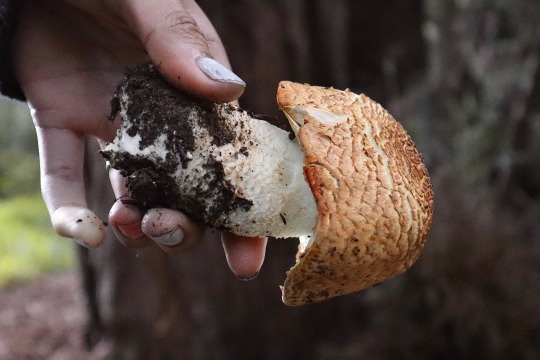

Agaricus Augustus • The Prince
#smelled soooo good#like sweet almond oil#agaricus#agaricus augustus#mushrooms#Mycology#foraging#edible mushroom
0 notes
Text
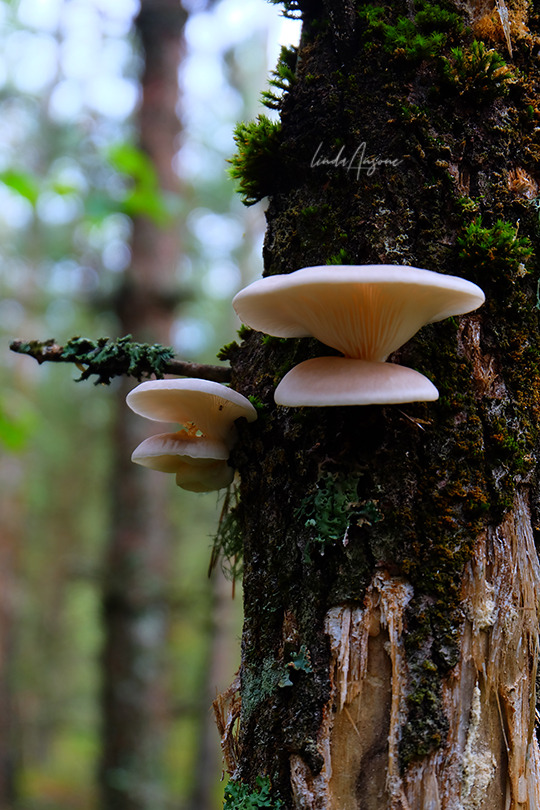

#oyster mushroom#oyster fungi#mushrooms#fungi#mycology#mushroom photography#edible mushrooms#nature#nature photography#original photography#photographers on tumblr#pleurotus ostretatus#or#Pleurotus cornucopiae#?
504 notes
·
View notes
Text
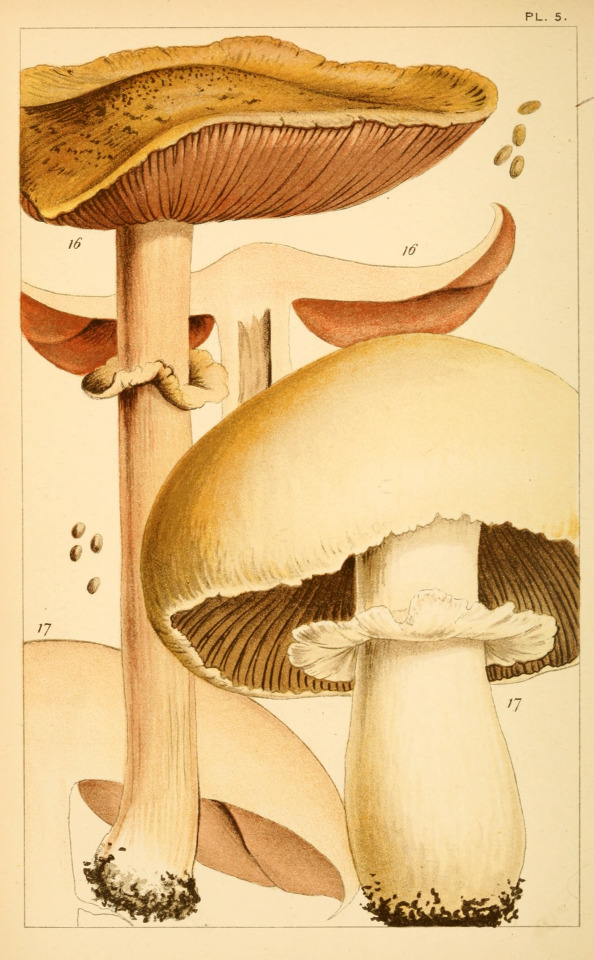
Plate 5. British edible fungi : how to distinguish and how to cook them. 1891.
Internet Archive
424 notes
·
View notes
Text
:)
Man-made horrors within my comprehension
#ai#chatbots#ai scam#ai scams#be careful out there!#foraging#mushrooms#mushroom foraging#fungi#fungi foraging#edible mushrooms#man-made horrors within my comprehension#man made horrors
450 notes
·
View notes
Text

Glitchegumee Swamp is a good place to hide out, except for the bird-sized mosquitoes, and the hungry crocs, and the singing myconids that always scare away the fish. (Terry Dykstra cover art, Dungeon 41, May/June 1993, featuring the AD&D adventure "Old Man Katan and the Incredible, Edible, Dancing Mushroom Band" by Ted James Thomas Zuvich)
#D&D#Dungeons & Dragons#Terry Dykstra#AD&D#Dungeon magazine#myconid#campestris#campestri#crocodile#fishing#fantasy forest#swamp#dnd#AD&D 2e#D&D 2e#Ted James Thomas Zuvich#Old Man Katan and the Incredible Edible Dancing Mushroom Band#hermit#mushroom#mushrooms#Dungeons and Dragons#1990s#TSR#Old Man Katan#Old Man Katan and the Mushroom Band
212 notes
·
View notes
Text


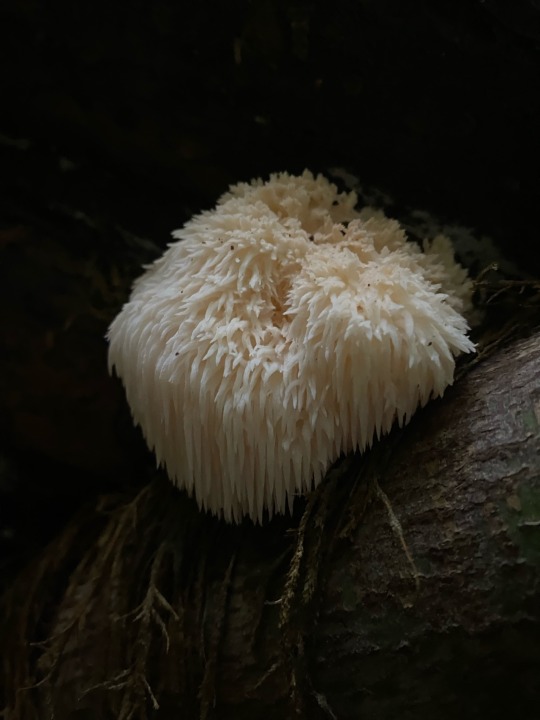
papa bear..
moma bear..
baby bear..
Hericium erinaceus..some prefer different nicknames but it reminds me of a bears head at maturity..fruiting reliably on a fallen maple log..
272 notes
·
View notes
Text

edible terrarium
#food#delicious#tasty#snack#dessert#treat#edible creations#snail#mushroom#fungi#forest#forest floor#cake#baking#edible terrarium#terrarium#recipe#pudding#cottagecore#naturecore
259 notes
·
View notes
Text
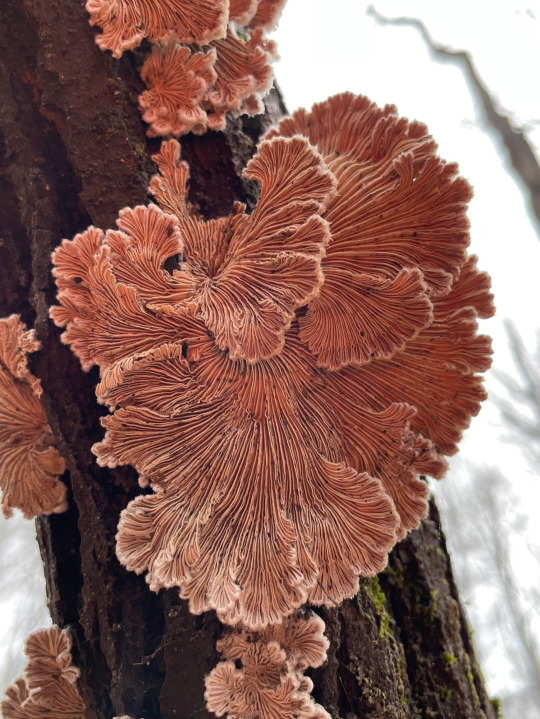
Here are some nice mushrooms
#goblincore#mushrooms#cottagecore#fairycore#mushies#fairy aesthetic#wild mushrooms#cottage aesthetic#fungi#fungus#mushroom photography#fungicore#fungi photography#fungifanatic#wild fungi#fungifreaks#naturecore#nature photography#edible mushrooms
82 notes
·
View notes
Text



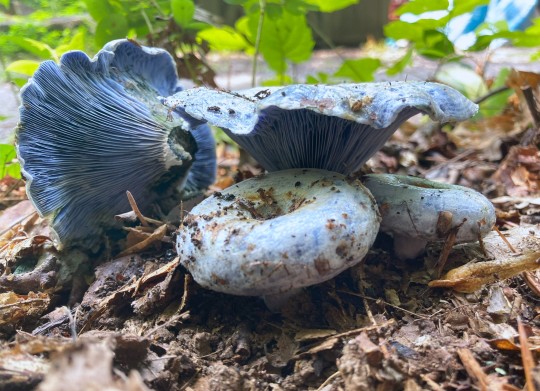
Indigo milk caps. For all your blue milk needs.
#and they ARE edible!#indigo milk cap#blue milk mushroom#blue milk#Lactarius indigo#mushrooms#fungi#mycology#creatureposting#this is what luke skywalker was drinking i think
76 notes
·
View notes